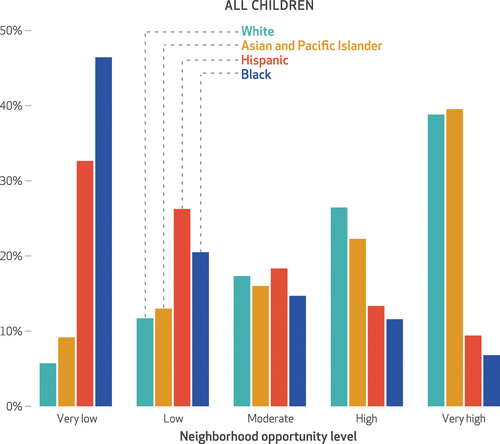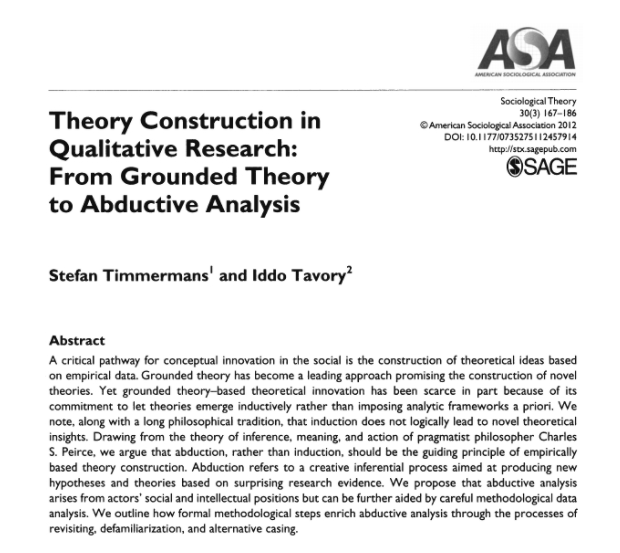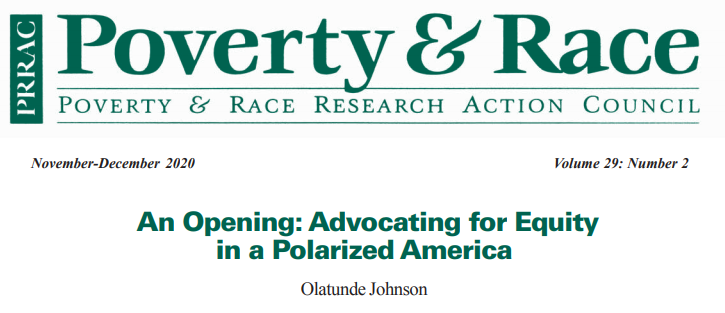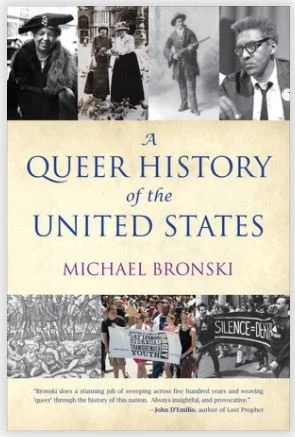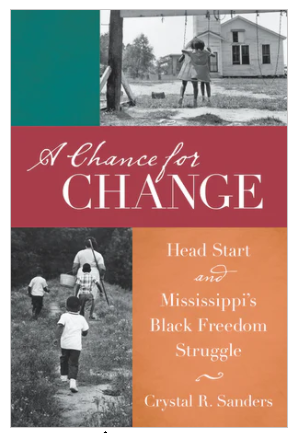What I’m Reading
Image of a bar chart showing racial/ethnic disparities in neighborhood opportunity with Black families experiencing the most low opportunity conditions from a related ICYFP publication in Health Affairs.
Geocoding and Monitoring of US Socioeconomic Inequalities in Mortality and Cancer Incidence: Does the Choice of Area-based Measure and Geographic Level Matter?
Nancy Krieger (and team’s) work has become required reading now that I’m working with neighborhood child opportunity data. There are so many ways to measure the ecological context of human development, and how we measure it has implications for what we learn. Stay tuned for updates on a project where I tackle similar questions, in particular regarding racial/ethnic disparities in the consequences of statistical aggregation problems.
Positive Youth Development: Processes, Programs, and Problematics
In preparation for a project that links child opportunity data to individual child-level educational and developmental outcomes, I’m really excited to be looking into positive youth development as a framework for understanding how investments in children’s neighborhoods and communities can improve social outcomes. In particular, the application of evidence-based practices highlights that social change is possible through direct intervention.
First Solo-Authored Publication!
In the article “What Village?” I explore a multi-level longitudinal approach to measuring the nonprofit community context and its influence on parent-school relationships that are beneficial for child educational development.
“Defamiliarization ensures that we mull over aspects we took for granted, and revisiting allows us to return to the same observation transsituationally.”
I am revisiting this citation for a project where we’re analyzing how organizations use equity data. I think it’s so important to center how each and every one of us enters into the research field with out own theories, biases, and expectations. Far from ruining good research, explicitly acknowledging the sometimes hidden theories we hold and test is a useful tool for uncovering the unexpected.
…”The sheer scale of the disruptions of the last several years pushes us to reexamine the fundamental infrastructure of American society.”
As a neighborhood researcher, I’m becoming more and more attuned to conversations people are having around housing and development. There seems, to me, to be a tension between developing houses in communities and developing communities themselves. This article gives many suggestions for housing policies moving forward to reduce inequity.
Image of the cover to the book “A Queer History of the United States by Michael Bronski” with historic photos of Black Men and Women, an engraving of artwork about slavery, and two pictures of AIDS protests.
A Queer History of The United States
I’ve only just started reading this book but already can tell I’m going to enjoy it. The lives and influences of Queer people are intimately woven into world history and this book explores how cultural responses to same-sex relationships, non-binary gender expression, and all versions of non-heteronormative sexuality shape the modern U.S.
"This fascinating, deeply researched book . . . reminds us that education has always been part of the black freedom struggle."--North Carolina Historical Review
I recently attended a (virtual) talk by Dr. Crystal R. Sanders through Brandeis on her new work regarding “segregation scholarships” southern states paid to northern institutions of higher education to accept their black graduate students. These racist or racist-apologist decision makers and institutional leaders in places like Texas, Louisiana, and Alabama partnered with otherwise “enemy” northern states like Illinois and New York in order to avoid having to invest in black education for their own tax-paying citizens. Far from being a “benevolent” program, these decisions to export funds and black genius out of their states contribute to modern day disparities in educational and career attainment, especially in the south. It was a wonderful talk so I have been looking more into Dr. Sanders’ work, including (revisiting, I think!) this book which tells the story of Head Start in Mississippi.
Race-based COVID-19 data needs to lead to political action
At ICYFP we are interested in supporting equity-based research and overcoming the challenges researchers face when trying to use equity data. "…there is a hard truth about data collection— and about race-based data collection in particular: there is a significant gap between the collection of data, the formulation of policy ideas and options, and the implementation of policies that might stem the negative impact of COVID-19."
